Telling America’s Story, A History of The Henry Ford
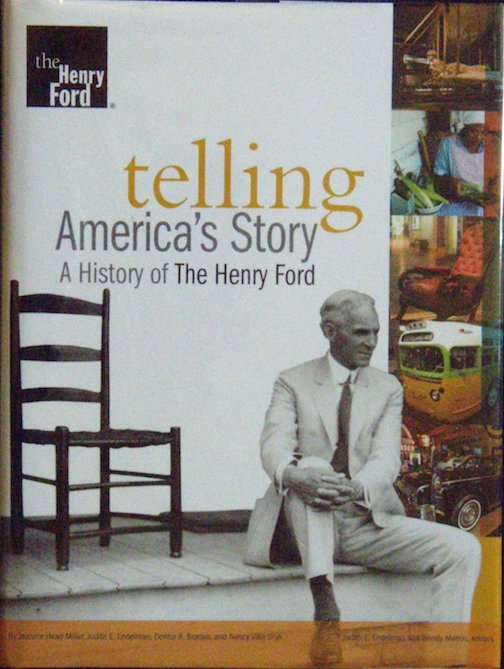 by Jeanine Head Miller, Judith Endelman, Donna Braden, Nancy Villa Bryk
by Jeanine Head Miller, Judith Endelman, Donna Braden, Nancy Villa Bryk
“We’re going to start something. I’m going to start up a museum and give people a true picture of the development of the country. That’s the only history that is worth observing, that you can preserve in itself. We’re going to build a museum that’s going to show industrial history, and it won’t be bunk! We’ll show the people what actually existed in years gone by and we’ll show the actual development of American industry from the early days, from the earliest days that we can recollect up to the present day.”
Angelo Van Bogart, editor of Old Cars Weekly, wrote in a recent issue (Vol 46, No 17, June 1, 2017) of the importance of automotive museums even as he acknowledged the challenges all museums face to remain financially viable. A feature article in the issue tells of GM’s recently completed restoration of Durant-Dort Factory One and turning it into an archive for automotive history while the prior issue of OCW had noted the permanent closing of the Chrysler museum in Detroit. Studebaker and Avanti fans are fortunate to have the Studebaker National Museum and demonstrate their appreciation with active financial support as well as volunteering time and services.
The Henry Ford tells the story of another stellar repository for history, and not just automotive history but that of the country itself. Henry Ford, the man, began gathering artifacts that spoke to him of how America was built and how the Industrial Revolution was effecting everything. But it wasn’t until he visited a fellow collector in Doylestown, Pennsylvania that he saw artifacts displayed in a way that inspired him to create his own institution. How he went about telling America’s Story is related and beautifully shown on the 216 pages of this book.
Each of the authors work daily with various aspects of American history and each has authorship of other books credited to her. Jeanine Miller is domestic life curator at The Henry Ford while Judith Endelman is director of research at the Benson Ford Research Center. Donna Braden’s expertise is American lifestyles which she curates at The Henry Ford, a role previously held by Nancy Bryk. Thus these ladies bring their passion and knowledge to the pages of this book.
If you’ve visited Greenfield Village and The Henry Ford you know just how eclectic it is. Henry Ford’s interests were neither esthetic nor intellectual. Quite simply he respected people who did things or made things and he wanted to preserve that which they made, built, or lived with. By putting everyday Americana, as it is often described, on display he hoped other generations could see and learn and understand what had come before them.
Construction of Greenfield and the Museum began in 1927 but official opening wasn’t until 1933. During Henry and Clara’s lifetime “his energy (was) the animating force.” As the book chronicles, it took a few years after their deaths for the Village and Museum to establish effective management and then create an evolving mission statement without which the respected and popular institution we know today might have foundered.
The book then spends pages showing and telling of the changes over the decades enabling The Henry Ford to remain relevant while fulfilling its mission statement. Today various venues operate under the name The Henry Ford; Greenfield Village, Henry Ford Museum, Benson Ford Research Center, Henry Ford Academy, Rouge Factory Tour, and IMAX Theatre.
Greenfield Village received special attention as the millennium dawned because its seventy years of daily use had taken its toll. The statistics of work accomplished in near-record time are amazing: 35 miles of underground systems (water mains, sewer pipes, natural gas lines, etc.) were replaced, 11 miles of roadway and sidewalks were poured, three all-new buildings were erected, while ten historic structures were relocated. Then 350 new lampposts were planted as well as 25,000 new trees. Credit goes to Michigan’s Heavy Construction Association and the Association of Underground Contractors whose workers managed all of this in nine months and most of those winter months of what turned out to be record-setting cold.
The manifestation of Henry and Clara Ford’s desire to create a repository, where the achievements of everyday men and women who had dared to dream and take risks in wide-ranging fields of endeavor—including that of the automobile—could be showcased, is clearly shown and communicated on the pages of this well-produced over-size, yet very reasonably priced, book.
Index, photo credits, bibliography
Copyright 2017, Helen V Hutchings (speedreaders.info).
This review first appeared in substantially similar form in Avanti Magazine, the color quarterly publication of the Avanti Owners Association International to which the writer is a contributing editor.


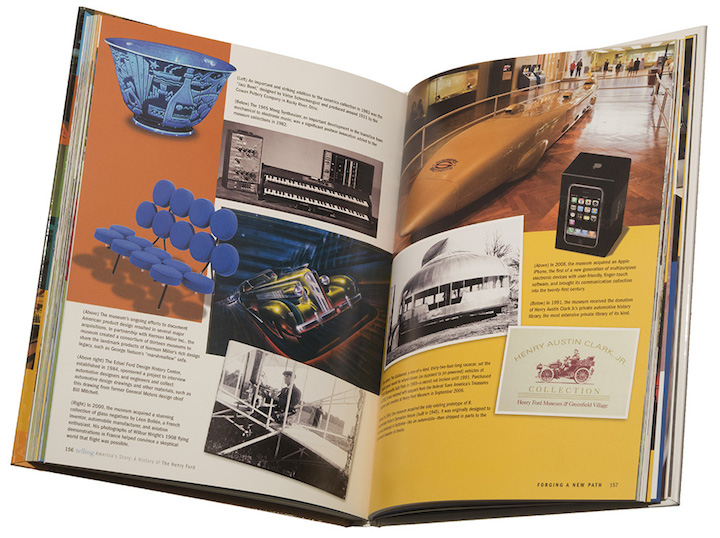
 RSS Feed - Comments
RSS Feed - Comments





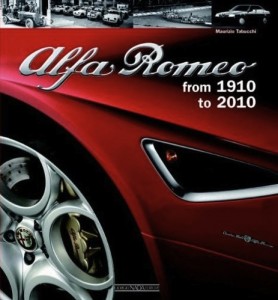
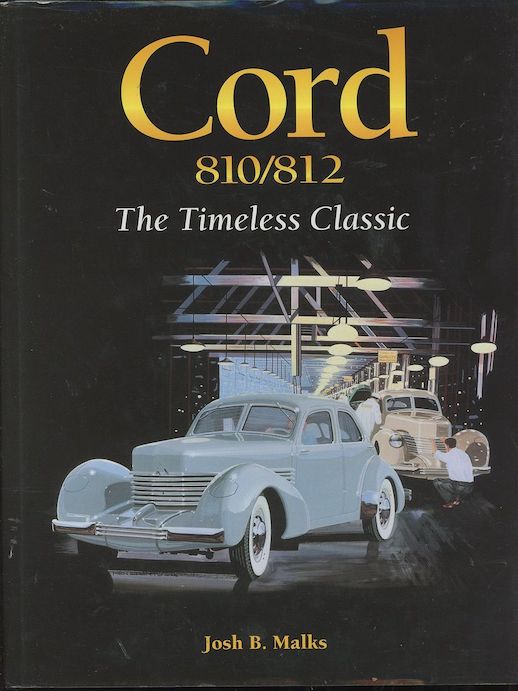
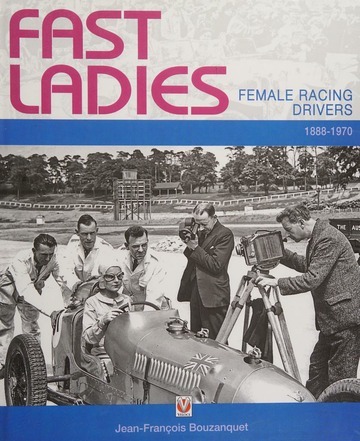
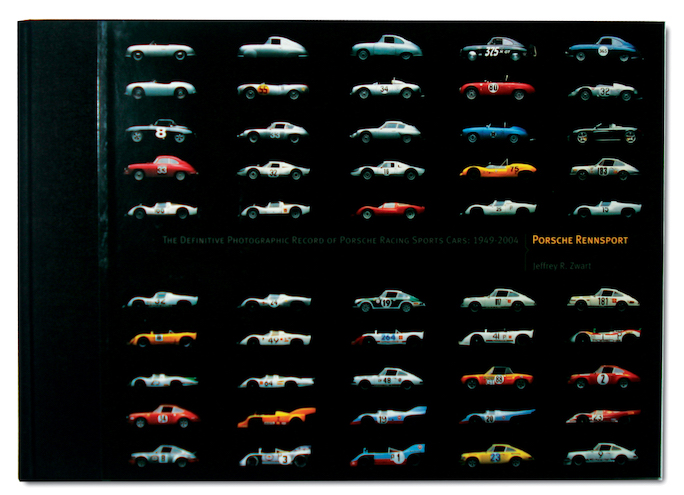



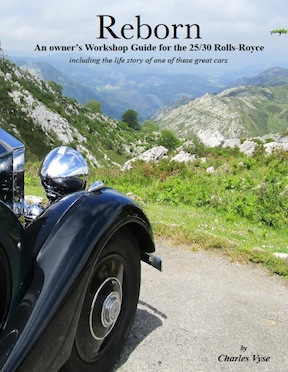


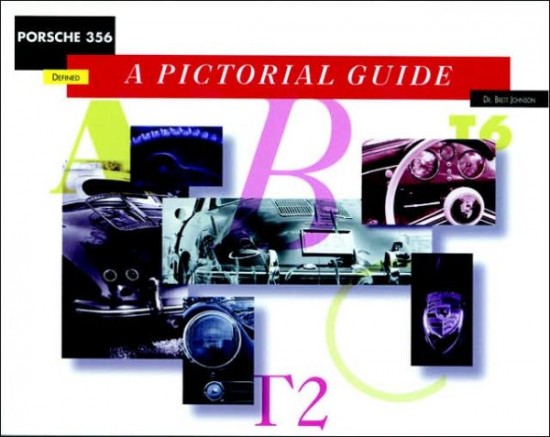

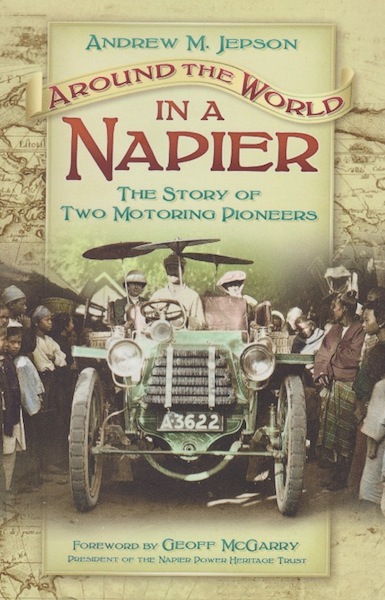






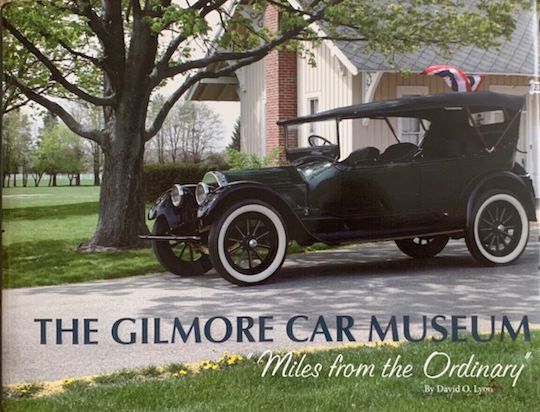
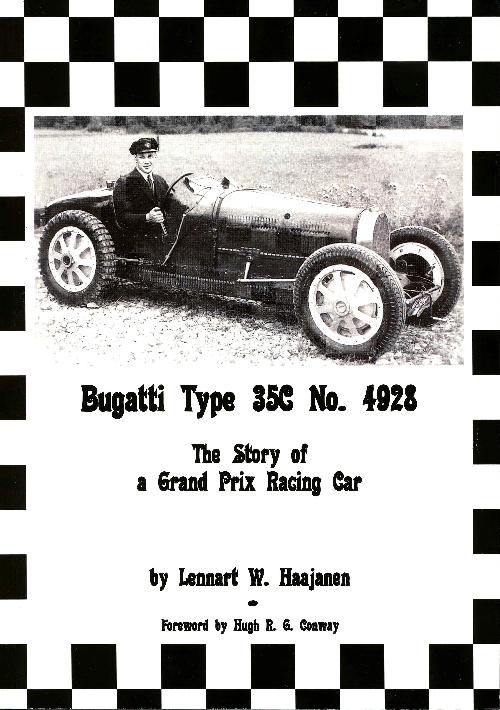


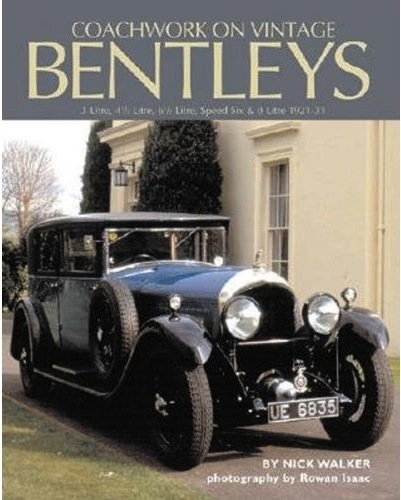

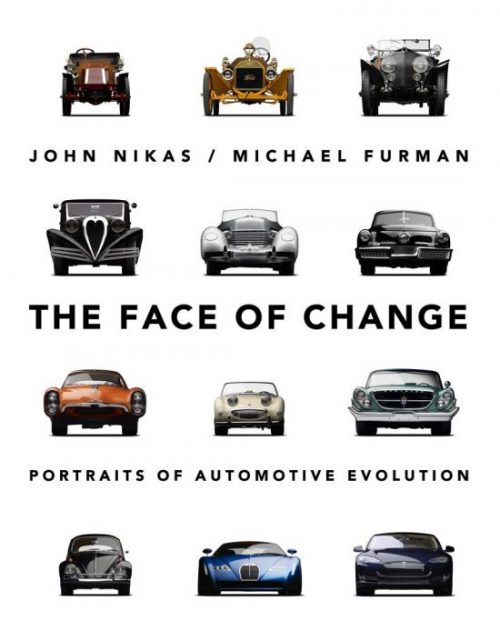


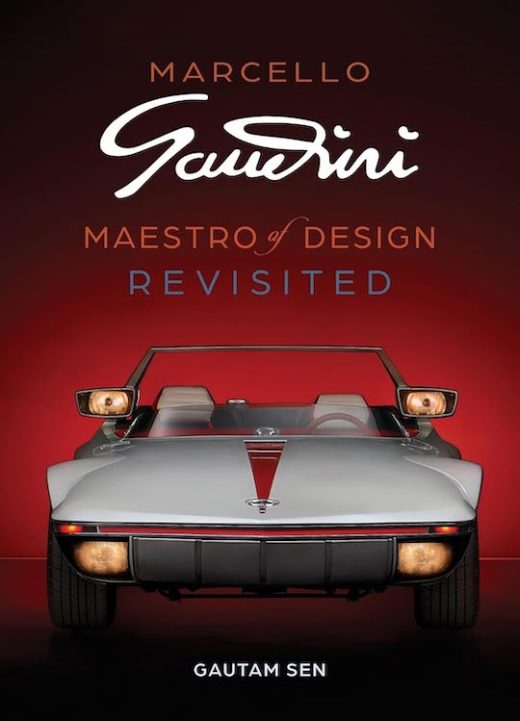




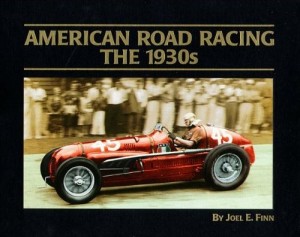




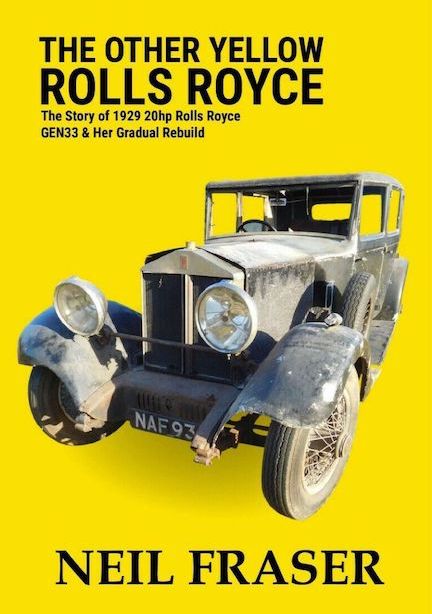


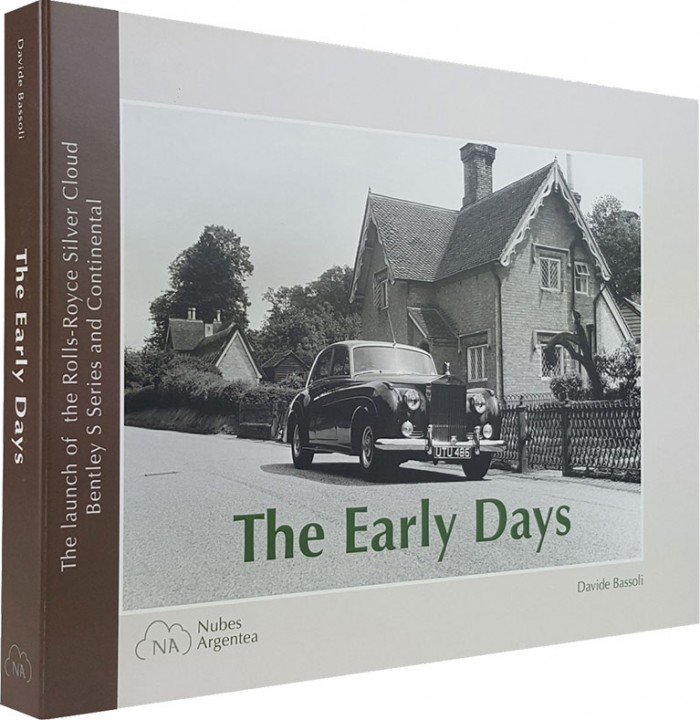
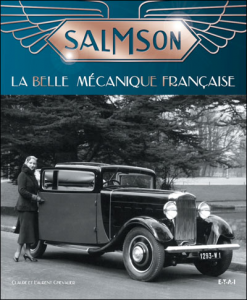

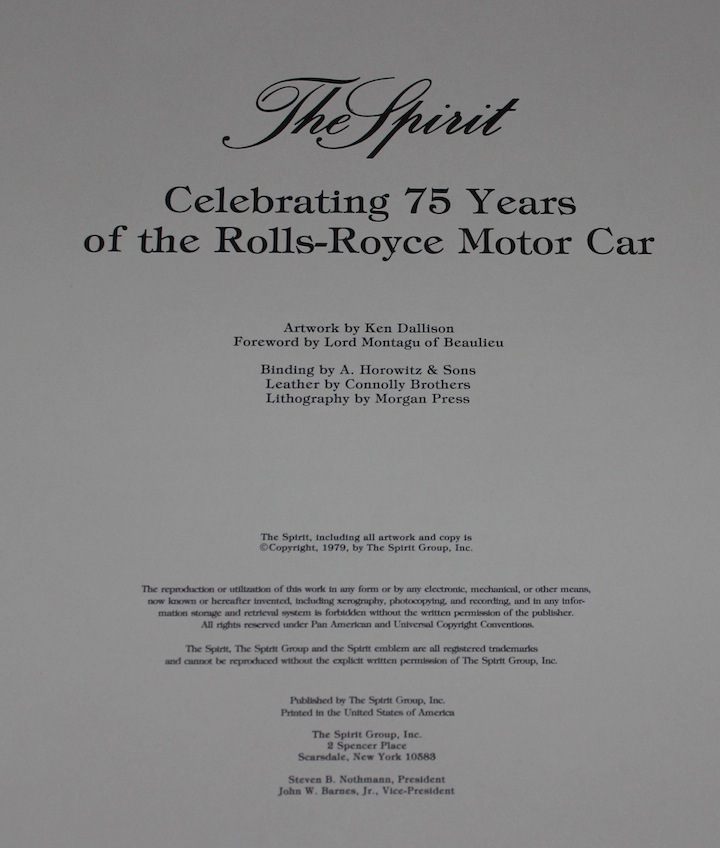
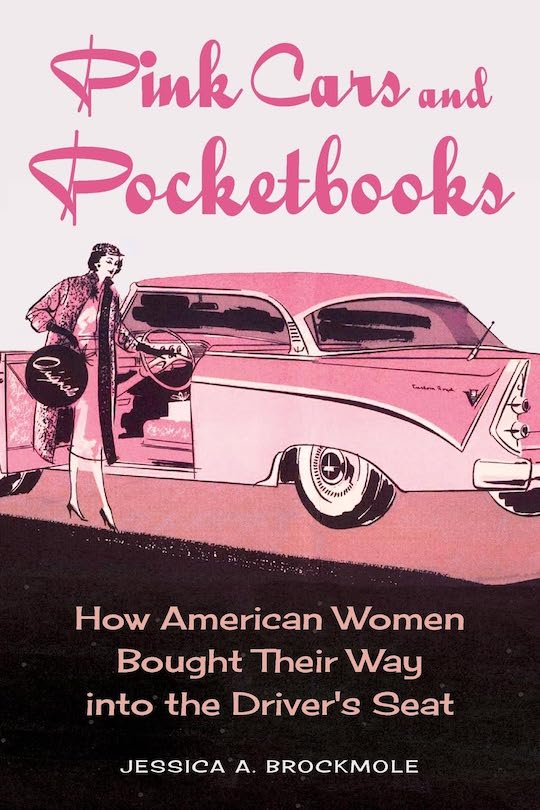



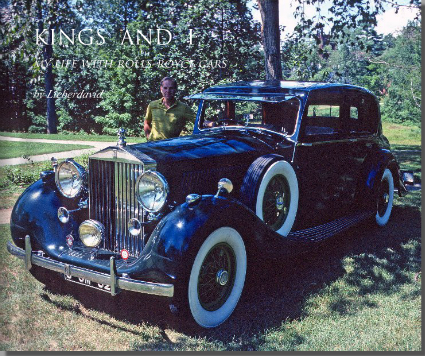



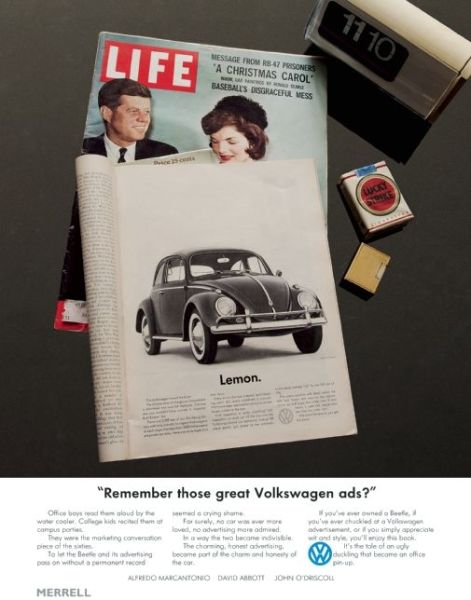
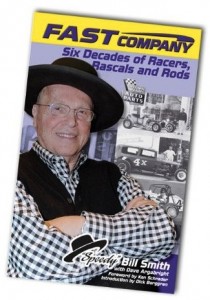



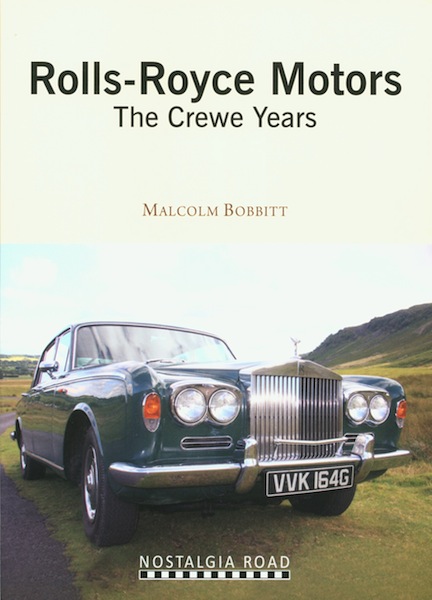
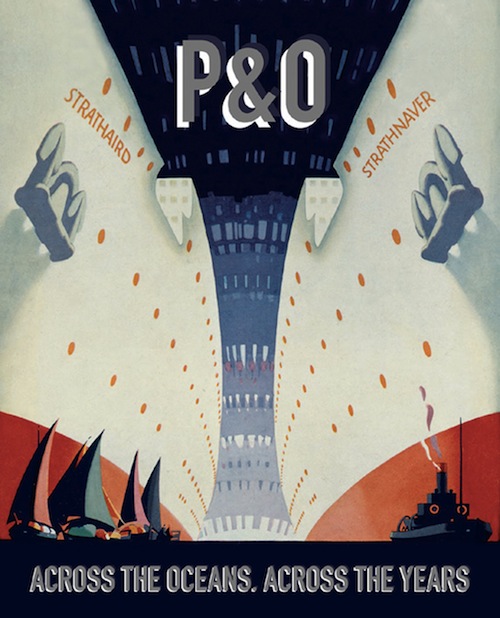


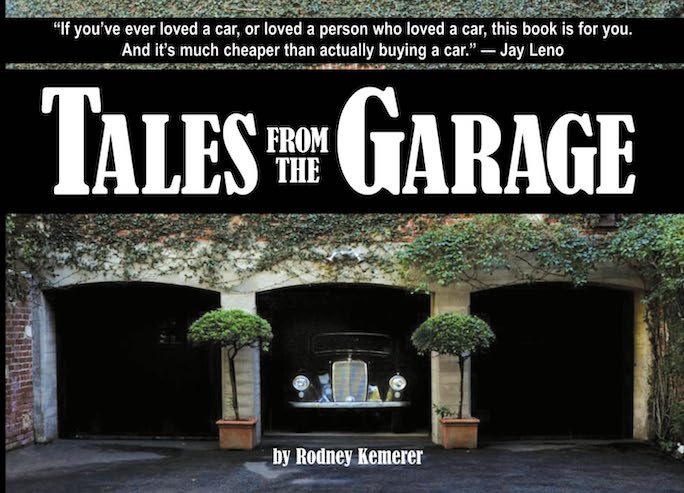


 Phone / Mail / Email
Phone / Mail / Email RSS Feed
RSS Feed Facebook
Facebook Twitter
Twitter